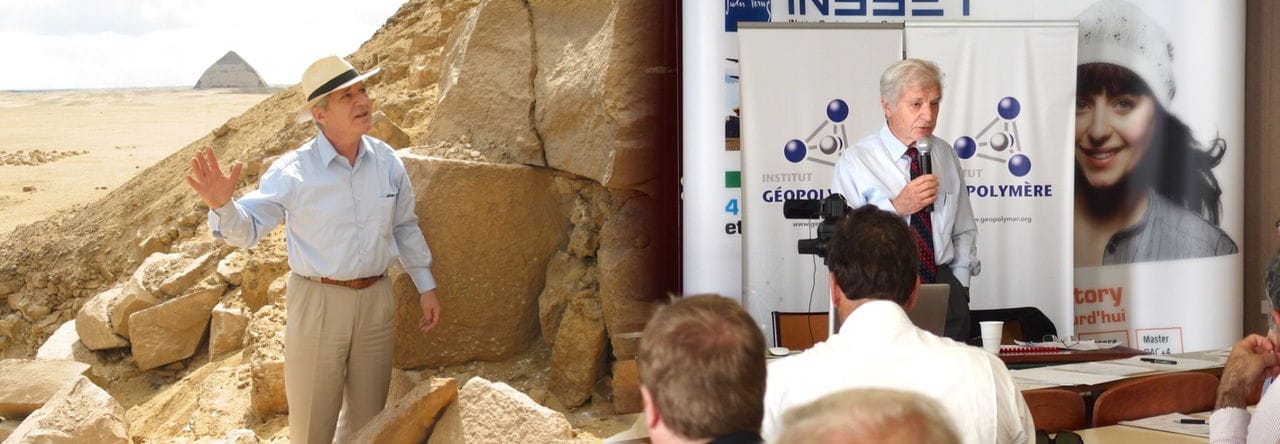Last year, the Nobel Prize of medicine and physiology 2005 was awarded jointly to Barry Marshall and Robin Warren, two Australian researchers who discovered the role of the bacterium Helicobacter pylori in the formation of stomach or duodenum ulcers. Before Marshall and Warren identify this bacterium, at the beginning of the Eighties, way of life and stress were considered as the principal causes of ulcers. It is now common knowledge that Helicobacter pylori is implied in 90% of the ulcers.
It was in Perth, Western Australia, at the Royal Perth Hospital and the University of Western Australia, very far away from the large American and European scientific communities that the researchers made their discovery, more than 25 years ago. I often went to Perth these last years, because we maintain a very effective collaboration with the geopolymer group by Professor V. Rangan at the University of Technology Curtin. See for example our World Congress Geopolymer 2005 .
I can thus imagine how the “scientific desert” of this area looked like, more than a quarter century ago. After their discovery, Barry Marshall and Robin Warren planned to submit it to the scientific community. They, the small ones, the unknown ones, underwent an absolute rejection, because what they were claiming was the contrary of what was taught at the Faculties of Medicine, all over the world, namely : everybody knows that it is stress that causes the ulcers. They were prohibited of publication during several years, were rejected by the so-called serious scientific journals, like Nature, Science and the others, and this during almost 10 years. This fact is to be brought closer to another, always in the same discipline : the scandal of the false clones of the Korean Hwang Woo-suk. It was a popular subject, which brought huge publicity to these serious scientific journals and it is in May 2005 that Hwang published his article, as famous as smoky, in Science, in which he disclosed the first results of human cloning. The story is now well known. These are the same people who, 25 years ago, refused to publish the work of Barry Marshall and Robin Warren, because it was in counter-current, in opposition to what the main stram of scientists believed and taught, at that time. These are also the same people who, more recently, refused the well documented publication made by an international group of renown scientists, who were presenting their analyses carried out on stones of the Egyptian pyramids. Their analyses showed that the stones in their possession were artificial. There too, my theory on the building of the Egyptian pyramids with agglomerated stone (artificial stone), instead of carved stone, is contrary to what is commonly taught. There too, like for the researchers from Perth, I was prohibited of publication in these so-called serious scientific journals. The German physicist Max Plank wrote: “In science, one does not convince anybody. The opponents die and the young people, more flexible adopt the new theory”. Thus after more than a quarter century of struggle, my theory will be presented in an exhibition at the French science museum, Palais de la Découverte, in Paris, from December 18, 2006 to March 15, 2007 (see my next blog on this subject). (Davidovits, Nature, Science)
 In English
In English En Français
En Français